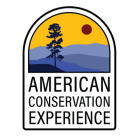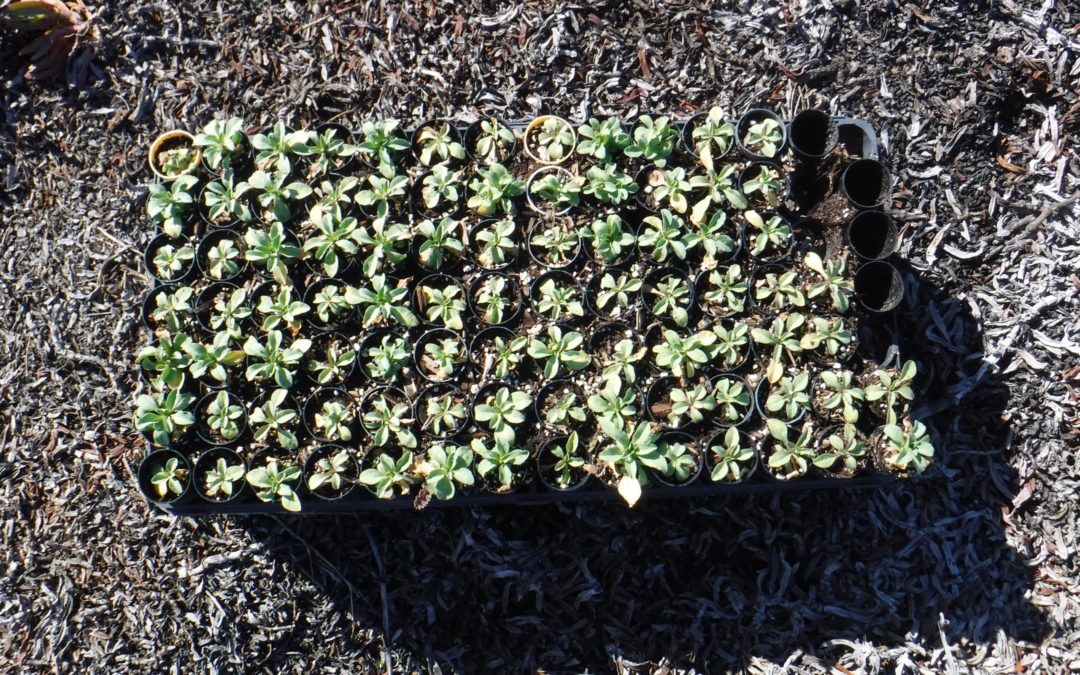ACE has been planting native species in the Ford Ord dunes since late November 2017. By the conclusion of the project, over 23,000 will be planted. Located on Monterey Bay, Fort Ord offers beautiful ocean views, and is now an area of recreation for tourists and locals alike.

Marisa, a 900 hour Americorps member, clears a patch of dead Ice Plant to make room for a Beach Aster sapling. In one day, Marisa will plant about 100 of these. By replacing the invasive Ice Plant with the native Beach Aster, the Fort Ord Dunes are likely to see a positive reduction in erosion, water consumption, and wildlife populations as the saplings grow and reintroduce themselves to the coastal habitat.
Human History: Land use and impact
There is no mistaking the immense impact humans have had on the area. Evidence of this can be seen by both natural and unnatural materials on the dunes.
Fort Ord was originally an Army installation that encompassed 15 rifle ranges, officially closed in 1994. To this day it is not uncommon to find bullet casings in the dunes. ACE Crew leaders and Americorps members underwent bomb recognition training in the event any explosives are found while working.
“Restoration is experimental because it will take a while to see the effects of our efforts. Restoration is such a large part of conservation, when you’re trail building it’s easy to forget that.” -Jesse, Americorps ACL
Natural History and Restoration:
Since November 2017, ACE staff and crew have been working alongside California State Parks representatives at Fort Ord Dunes State Park in a longer-term habitat restoration effort. ACE crews are now planting natives in soil beneath the dead Ice Plant, including Beach Aster, Coastal Buckwheat, Lizard tail, Sticky Monkey Flower, Sage Brush, Sage Wart, and Lupin. Each four-day project produces about 4,000 new plants. Reintroduction of these native plants will have a lasting impact on the area, improving water intake, plant biodiversity, and native animal populations.
Green patches of native plants are reemerging after a past herbicide project cleared the Ice Plant. The Smith’s Blue Butterfly used to thrive in this area, particularly due to the native Coastal Buckwheat.
“It’s nice to plant instead of just ripping plants out. Some people want to learn about biological systems, so this is a good learning opportunity.” -Vince, AmeriCorps ACL
“I’m into restoration and I’m down to be any part of the process, but planting feels the most valuable. My background is in ecology and I feel that this is in line with my education. Seeing whales is a big highlight too. -Marisa, AmeriCorps member







